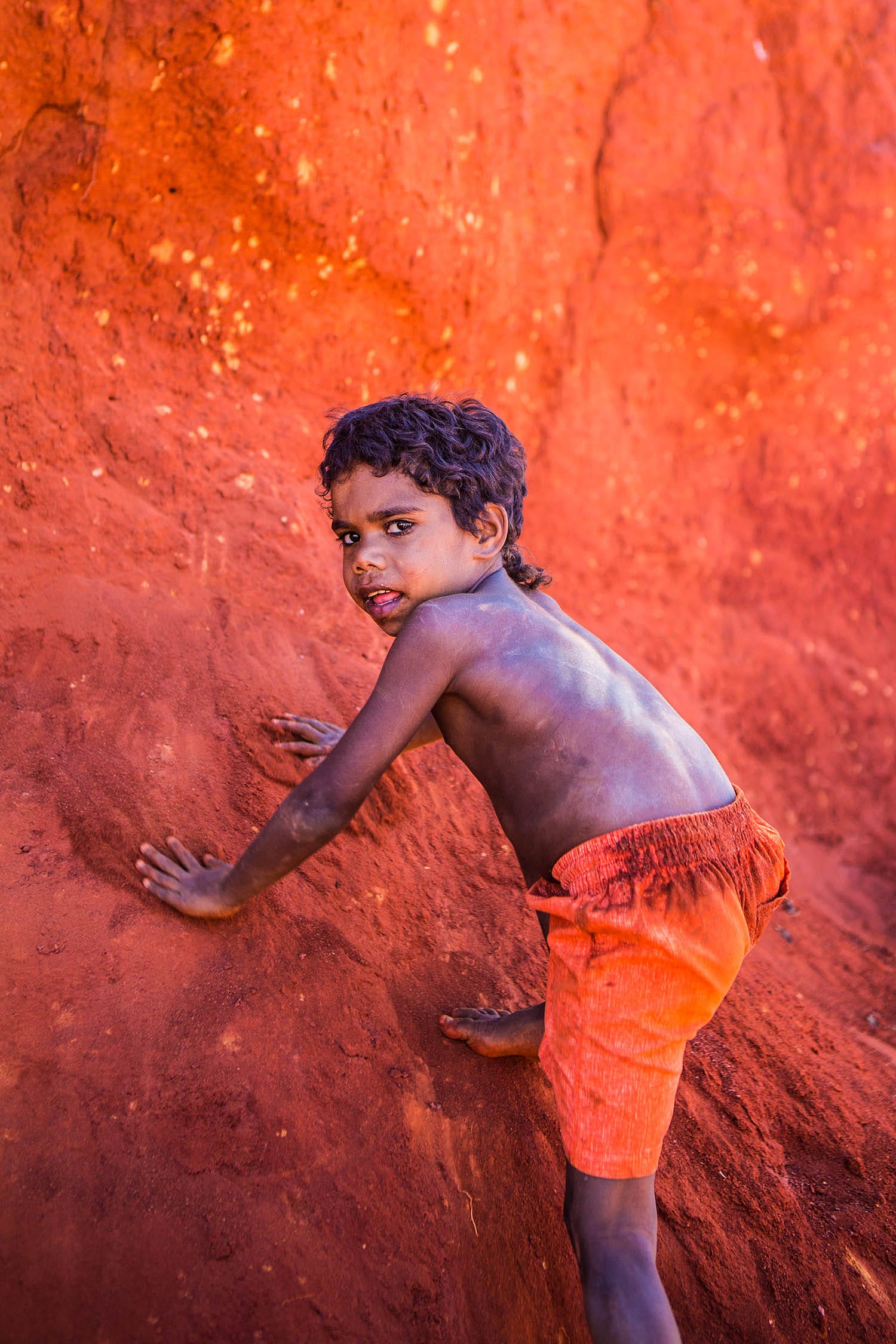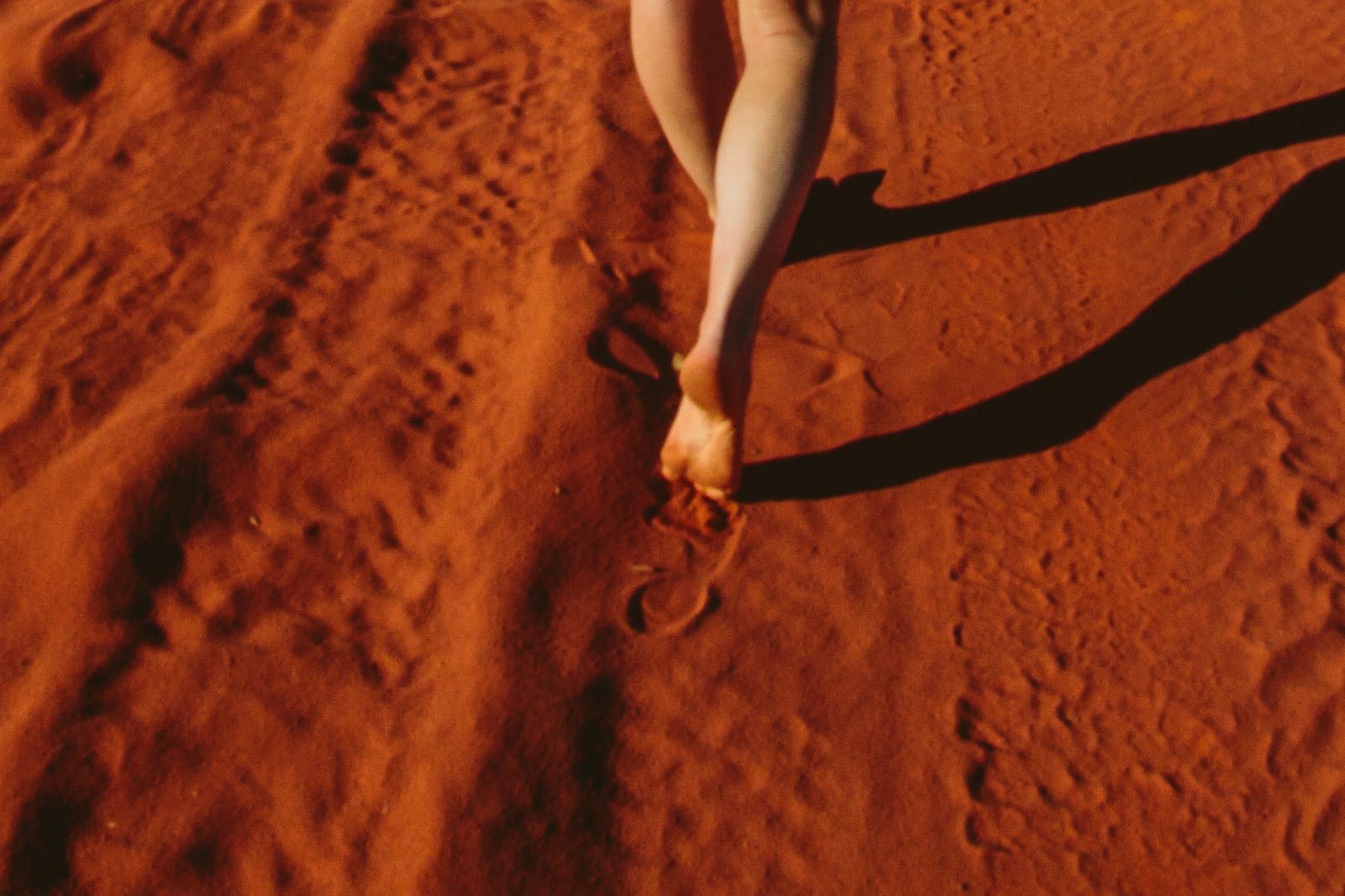Bare your soul: Walking barefoot
How choosing to walk barefoot can enrich your travel experience.
Slow mobilities: The joys of feeling the earth under your feet
On the 10th of September 1960, Abebe Bikila became the first person from sub-Saharan Africa to win an Olympic gold medal. He’d purchased a brand new pair of shoes for the event, but they gave him blisters. So Abede ran the marathon barefoot. And he won.
Here in Western Australia’s Kimberley region, the landscape bares a strong likeness to that of the sub-Saharan Africa that Abebe grew up in. A sunburnt country, where warm oranges melt into purple-black shadows cast upon jagged rock formations. In both places, the traditional peoples maintain a deep, reverent connection with their country.
I’m walking down the main street of Kununurra and I’ve forgotten to put on shoes ... again. It’s a habit I’ve grown up with, having been born and raised in the coastal ‘hippie’ town of Byron Bay. After travelling a lot over the past few years, my focus has now subtly shifted from ‘seeing it all’ in a whirlwind trip, to slowing down and moving at the pace of the culture that I am immersing in. Here in the Eastern Kimberley, Kununurra ticks along on Kimberley time. There’s no rush.
I love seeing the little toes of kids playing. I can’t help but to admire the unhurried walk of the Aboriginal women, and the worn soles of the old men.
There are stories here; stories of connection to country. Walkabout is not asking ‘are we there yet?’ or ‘how much longer until we arrive?’ You see, we are already there. We are always there. In every moment, the journey IS the destination.
Taking off my shoes (or forgetting to ever put them on) helps me to slow down. Being barefoot acknowledges the landscape beneath you. Getting to know a place involves a lot more than ticking off icons on a sightseeing list. Knowing country is more. It’s the feeling of connectedness.

Today, the ancient practice of walking barefoot has been given trendy labels like ‘earthing’ and ‘grounding’. It’s believed that walking barefoot normalises the body’s biological rhythms. Aboriginal people experience this as being in tune with nature. In the East Kimberley, the lifestyle of the Miriwoong people traditionally centres around their connection with the earth and living in harmony with it.
If connection to country helps us to tune in with nature, it quickly becomes evident why the world sometimes echoes a somber symphony; half of the orchestra is out of tune! When you believe that walking barefoot connects you to a place, then being in nature becomes a spiritual experience.
In a town or a city, however, barefootedness can connect you to the downtrodden state of the world. I find that walking barefoot is not a sign of poverty and uncleanliness, but rather the state of the surrounding environment that might make it seem that way. When I walk the street barefoot, I am hyperaware of broken glass, needles and diseases. It’s sad that we could miss out on this experience of connection because we feel unsafe.

On the edge of town on a walk through Mirima National Park, aka the ‘mini Bungles’, I hear the crisp crunch of booted feet in swift momentum. The lizard that I was curiously watching has darted for cover. The insects are quiet. On one hand, I respect that the hikers have chosen to wear protective footwear so that can comfortably navigate this foreign landscape. However, I am suggesting that the comfort and ease of wearing this footwear is facilitating their rush to get to the scenic lookout above. I feel sad that they may miss out on the small treasures to be seen along the way.
A local Elder told me about a most beautiful tradition; Miriwoong babies are washed in water from the river along with wattle leaves. This introduces the child to country and is believed to allow the country to recognise that child. Miriwoong children then grow up with country.
Words in this post are by Grace Hamill, all images are by Renae Saxby.

